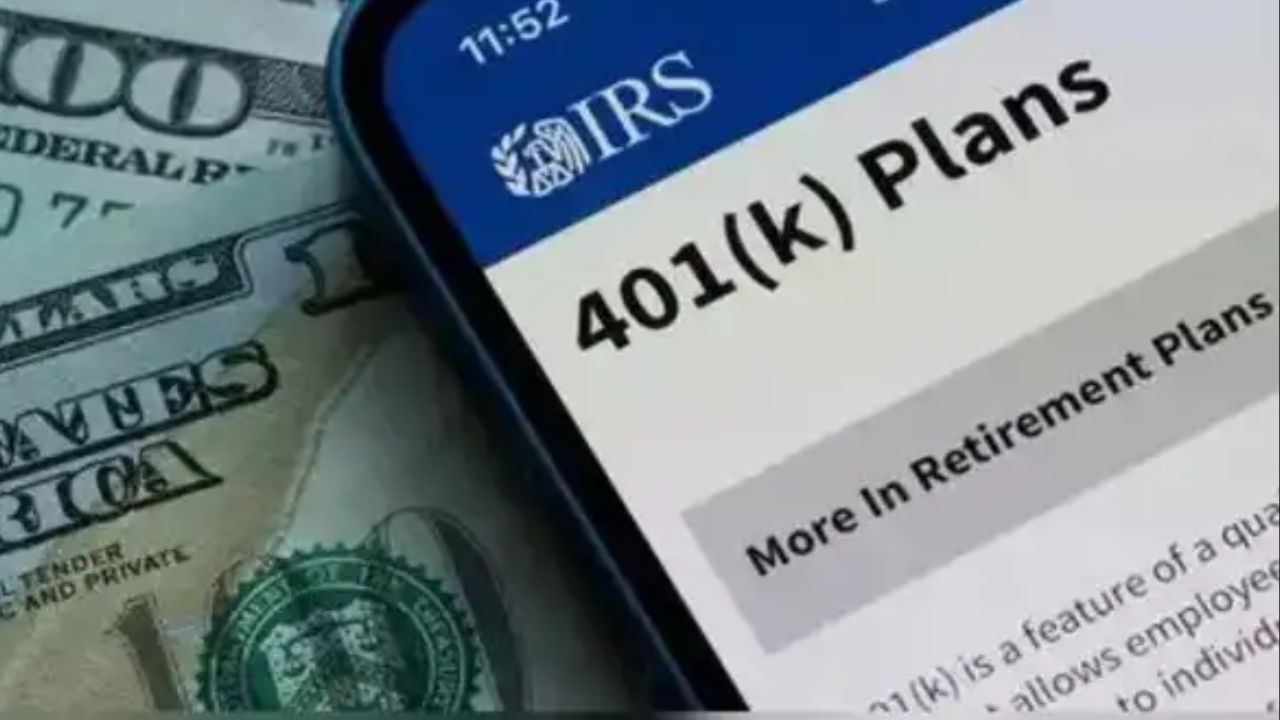Major 401(k) Catch-Up Contribution Changes Starting 2026: What High Earners Need to Know
Washington, D.C. – Starting in 2026, significant changes to 401(k) retirement plans will impact employees aged 50 or older who are classified as high earners.
These changes, finalized by the Internal Revenue Service (IRS) and U.S. Department of the Treasury, stem from provisions introduced in the Secure 2.0 Act of 2022 and will affect how catch-up contributions are taxed for individuals earning more than $145,000 annually.
This shift means that high earners must pay taxes on their catch-up contributions upfront, rather than deferring taxes until retirement. Understanding how these changes will reshape retirement savings strategies is crucial for affected workers.
New Tax Rules for High Earners’ Catch-Up Contributions
Beginning no later than 2027, workers aged 50 and over earning above $145,000 will be required to make their 401(k) catch-up contributions using after-tax dollars. However, some 401(k) plans may opt to implement these changes earlier in 2026, following a reasonable and good faith interpretation of the new regulations, according to an IRS press release.
Catch-up contributions allow employees aged 50 and older to contribute extra funds beyond the standard limits to help boost retirement savings. For 2025, the basic catch-up limit is $7,500, added on top of the standard $23,500 annual contribution limit.
- People aged 60-63 have access to a super catch-up contribution, increasing their limit to $11,250.
- Inflation adjustments are expected, with the catch-up contribution limit rising to about $8,000 in 2026.
Under the new regulation, these catch-up contributions must be made with after-tax dollars for high earners, meaning taxes will apply during their high-earning years instead of retirement.
Impact on Retirement Savings: What High Earners Should Consider
Previously, catch-up contributions were typically made pre-tax, allowing high earners to defer taxes until withdrawal. The new rules mean that those earning over $145,000 will lose part of this tax advantage, particularly if their employer’s plan does not offer a Roth 401(k) option.
Key effects include:
- For high earners without a Roth 401(k), catch-up contributions may no longer be possible.
- The ability to claim a tax deduction of nearly $4,000 for an $11,250 super catch-up contribution could disappear.
- Roth accounts still allow tax-free withdrawals, making them a critical option for affected savers.
Certified Financial Planner Jared Gagne advises investors not to delay adjusting their strategies amid these changes:
“The biggest piece of advice for investors is to not sit on the sidelines as the rules change.”
Read Also: Texas Executes Man Who Killed Toddler During 30-Hour ‘Exorcism’ in Rusk County
Planning Ahead: What Should Investors Do?
Choosing between Roth and pre-tax catch-up contributions depends on multiple factors, including the saver’s current tax bracket and expected tax rate during retirement. Financial experts emphasize assessing options carefully to minimize tax liabilities and optimize retirement outcomes.
As the Secure 2.0 Act provisions take effect, high-earning employees should:
- Review and understand their company’s 401(k) plan options, especially Roth availability.
- Consult with financial advisors to tailor contributions according to their tax situations.
- Monitor annual changes to contribution limits due to inflation adjustments.
For more detailed information, visit the original report from The Independent: here.
Your Thoughts and Next Steps
These upcoming changes significantly impact retirement saving strategies for high earners aged 50 and above. Adapting to the new tax rules early can help maximize benefits and mitigate unexpected tax burdens down the line.
What do you think about these 401(k) catch-up contribution changes? Have you reviewed your retirement plan in light of the new Secure 2.0 Act provisions? Share your thoughts and experiences in the comments below!

